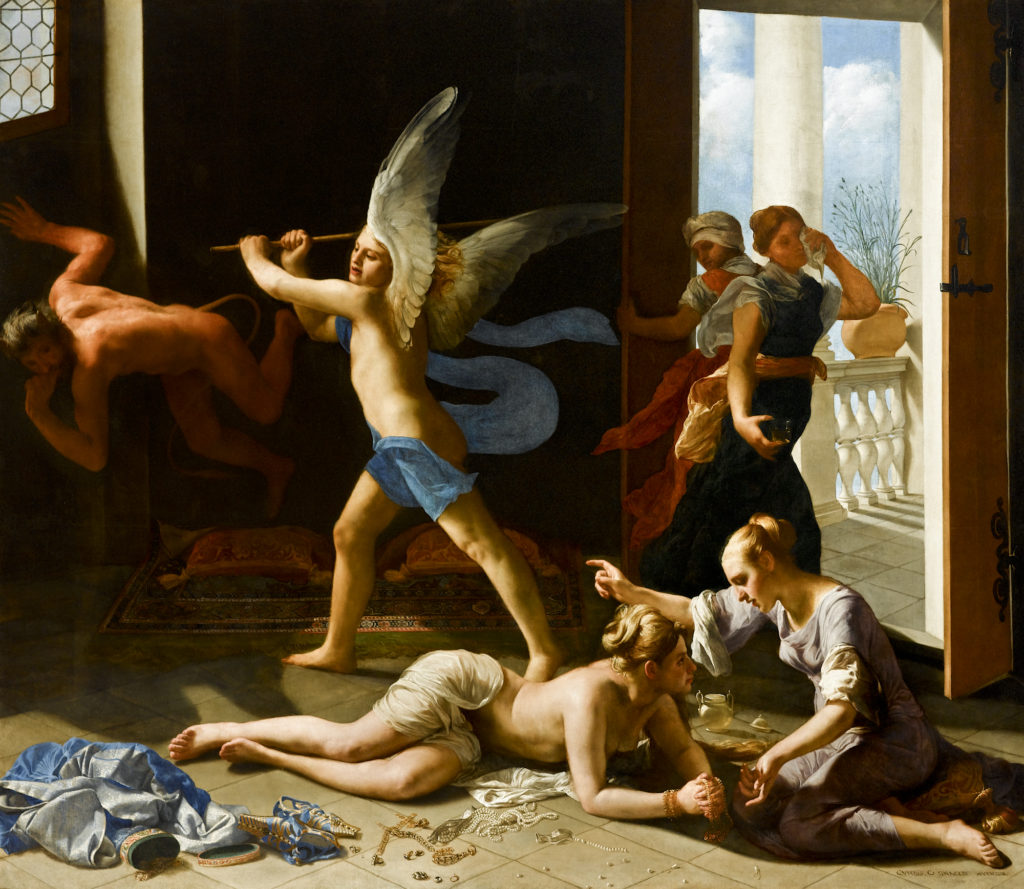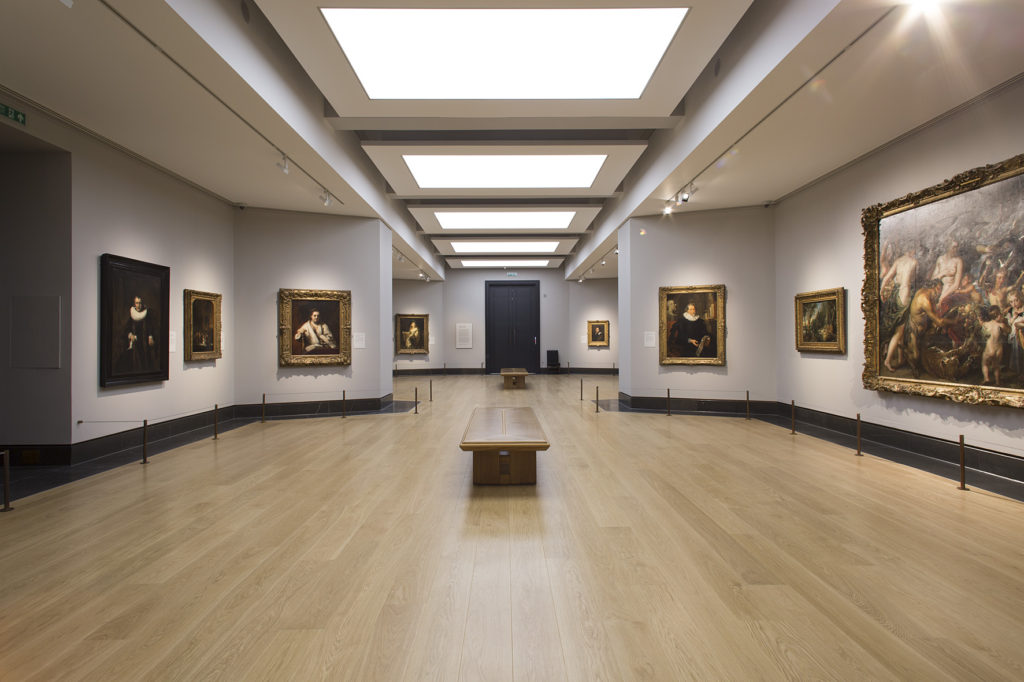Cagnacci’s Repentant Magdalene and Rubens & Rembrandt at the National Gallery
I dropped into the National Gallery recently to catch the latest Room 1 display; Cagnacci’s Repentant Magdalene (on until 21st May 2017). I really love these small displays. The selections are always wonderful, spotlighting works that are generally obscure, providing an accessible and inspiring experience.
The Repentant Magdalene (1660-61) was painted by the little-known Guido Cagnacci and is widely-regarded as being his masterpiece. While few concrete facts are known about the Riminese artist, it is thought that he may have studied with Ludovico Carracci. Stylistically he is quite eccentric, but clearly drew inspiration from Baroque painters such Guido Reni and Guercino. The warm light and luminous tones in this work accentuate the dramatic scene before us; Mary Magdalene in repentance of her sins. She lays sprawled in the foreground, the curves of her serpentine body eroticise her, reminding me of Velázquez‘s Rokeby Venus (c.1674-51). Her lower body is covered by a thin gauzy material, while a gold bracelet, her last piece of jewellery, adorns her wrist. She clasps a necklace which she has cast off, and on the floor before her is the rest of her adornments, leaving a trail from where she removed her clothes and worldly goods. I love the pearls in the foreground, as if Mary broke the string when tearing it from her neck. Strewn across the floor, she looks up at her modestly dressed sister Martha, who points at the action going on behind them.
An angel armed with some kind of rod is in the process of beating a horned demon. Light from the window falls on the angel undertaking God’s work, while the evil beast is cast back into shadow and out of the painting. The scene is a direct reflection of Mary Magdalene’s repentance, her turning away from sin and to a life of religion. On the right two women are leaving the room, their bodies and clothing express haste. They balance the action on the other side of the room, and create a sense of contrast with the solemn scene in the foreground. One holds a handkerchief to her face, and holds a glass of liquid, presumably from the vessel on the floor – Mary is often seen with a jar, a symbol of her anointing Jesus. It really is a tour de force of Baroque painting, and well worth seeing.
Rubens & Rembrandt in Gallery B (on until 16 July 2017) is the first temporary display in the new galleries, which opened in February this year. The juxtaposition of these two masters is a fascinating one, and allows us to see their stylistic differences as well as their shared qualities of the northern European painters. The jewel-toned drama of Rubens are brought face to face with the younger artist’s dark and brooding works. It is a wonderful experience to see them in such close proximity. These new galleries will allow for new exhibition opportunities as well as allowing for more of the collection to be on display.


